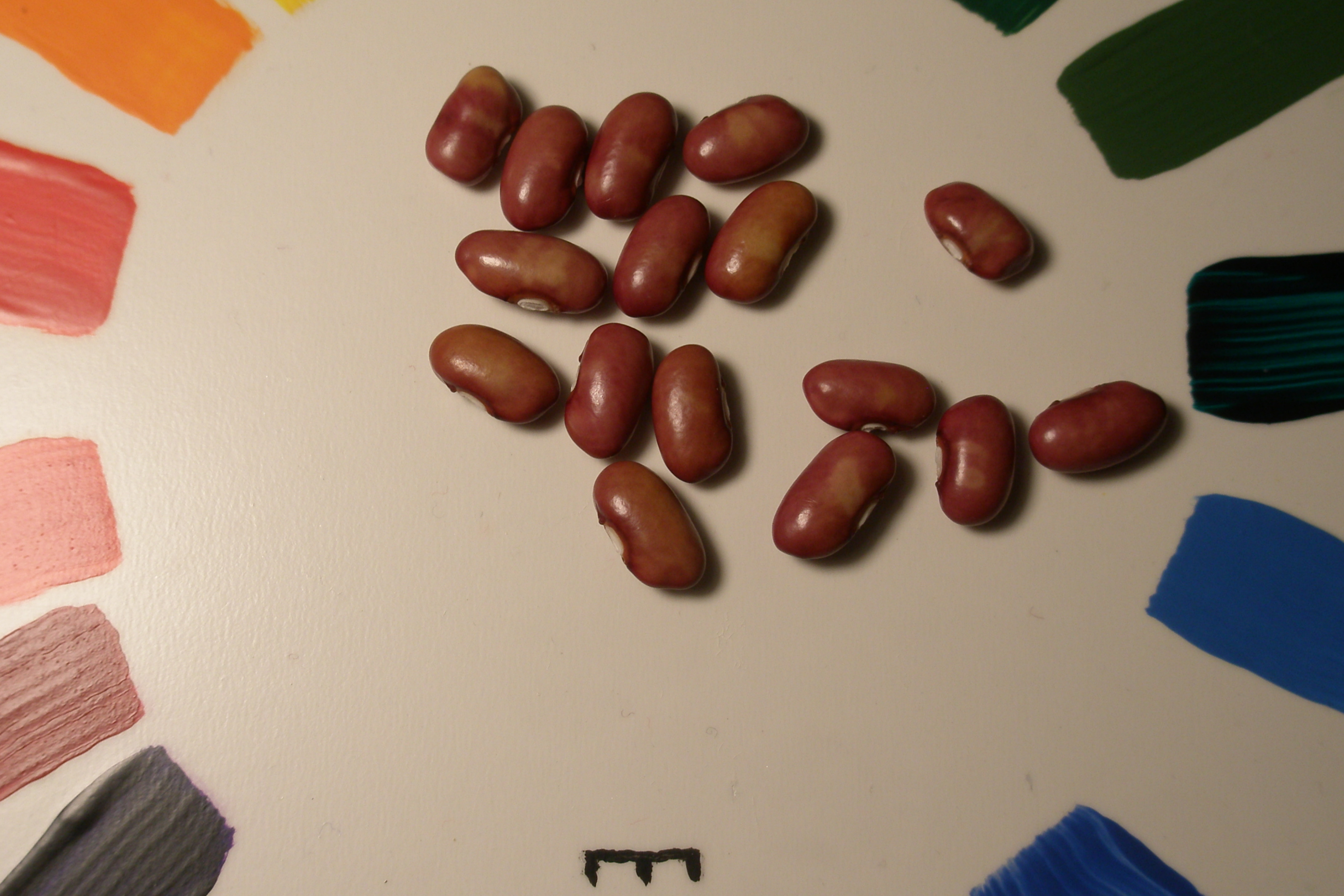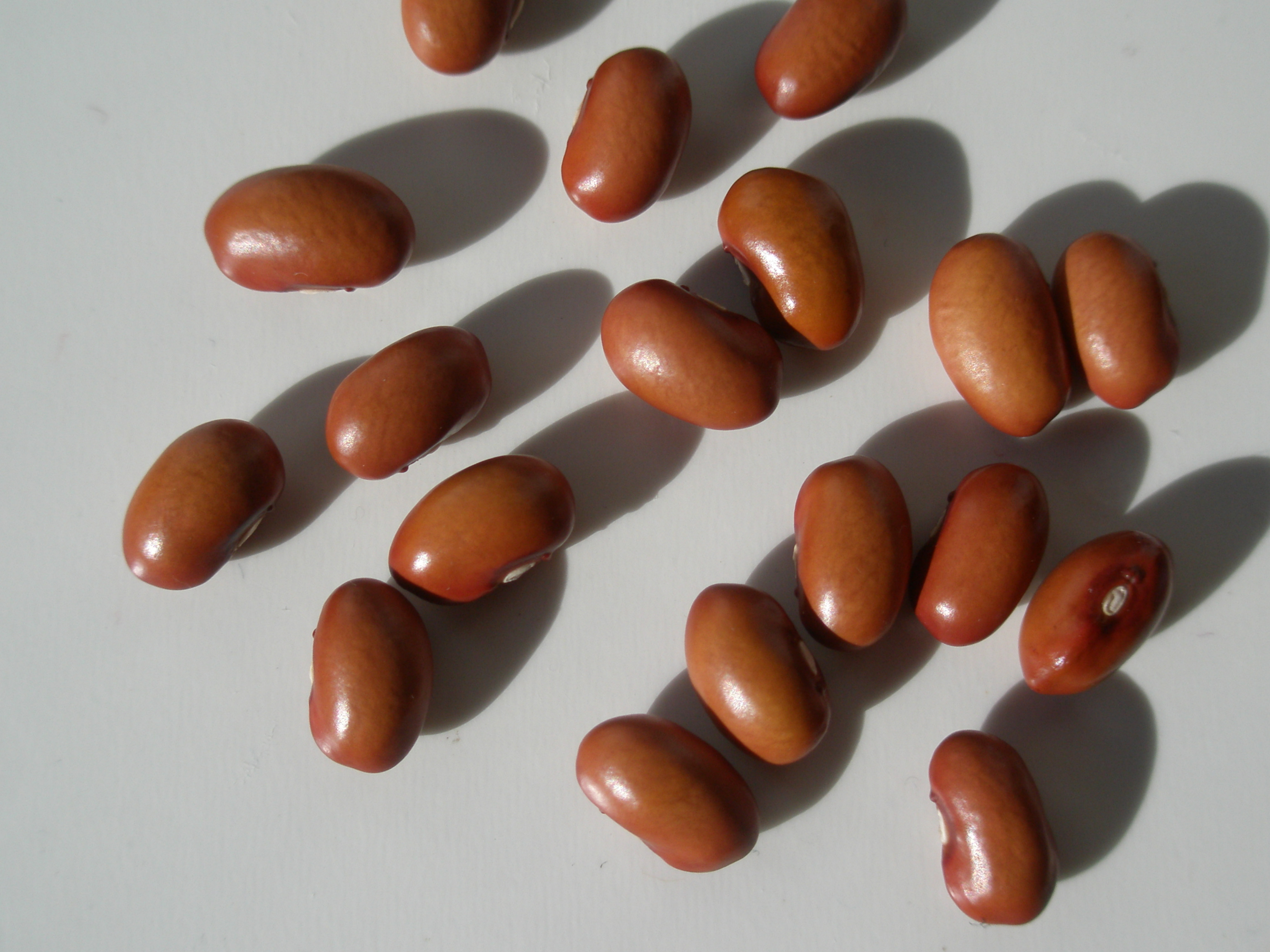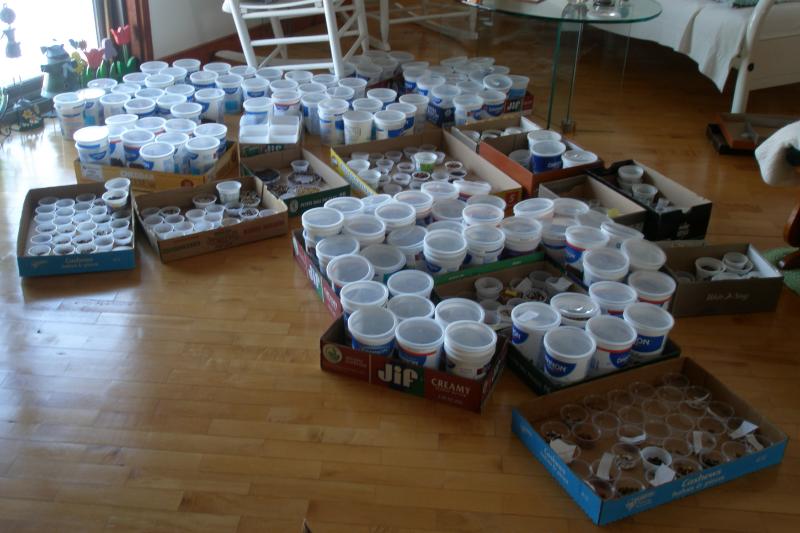- Thread starter
- #941
Blue-Jay
Garden Master
- Joined
- Jan 12, 2013
- Messages
- 3,431
- Reaction score
- 10,908
- Points
- 333
- Location
- Woodstock, Illinois Zone 5
we need a bean picture!
this is Yed (yellow and red). unique to me because of the splotchy complexion. not seen in any other beans. a new cross to me the past few years.

I think you sent some of these to me and called them Sunset. Do I have that correct?


